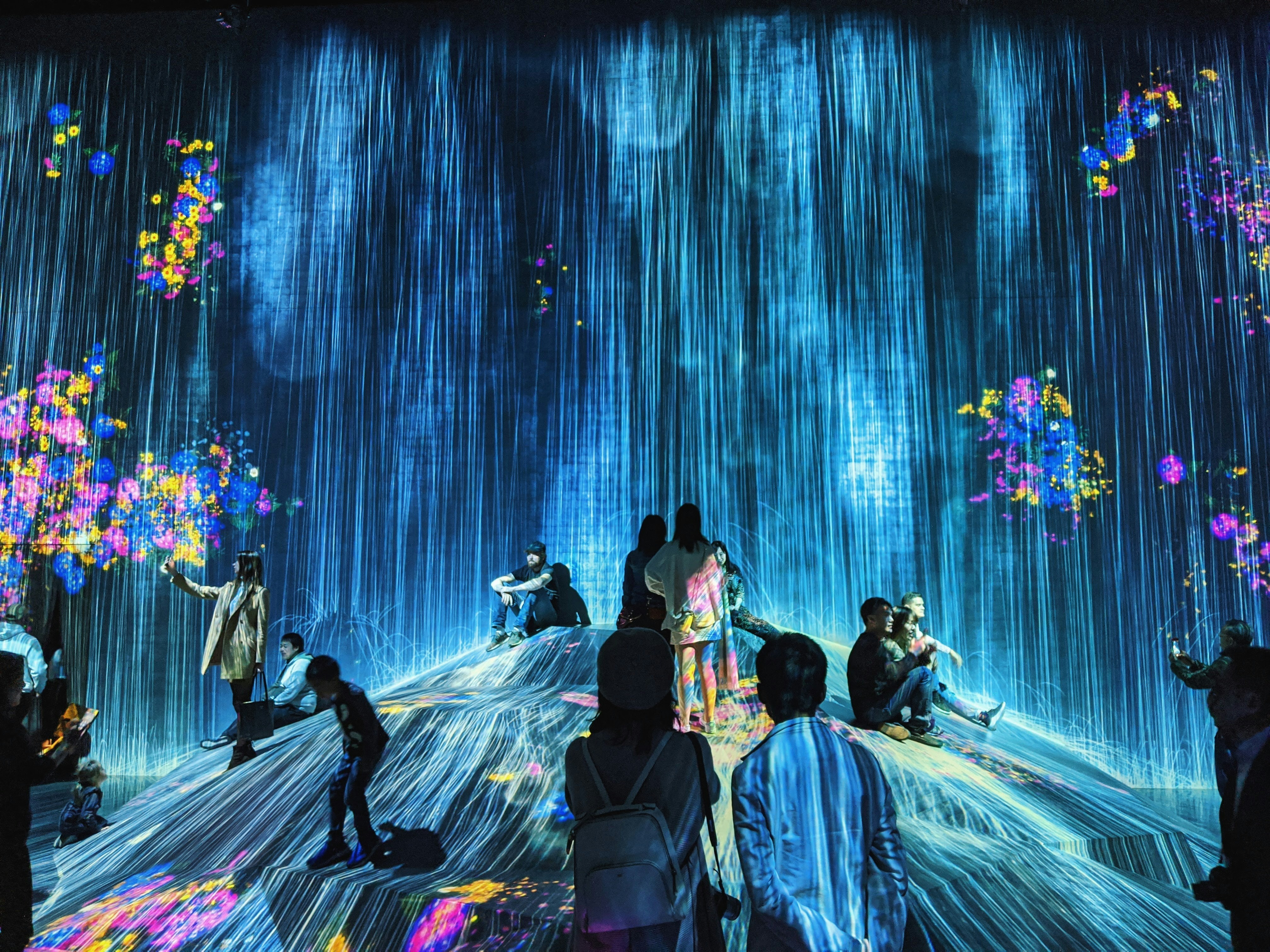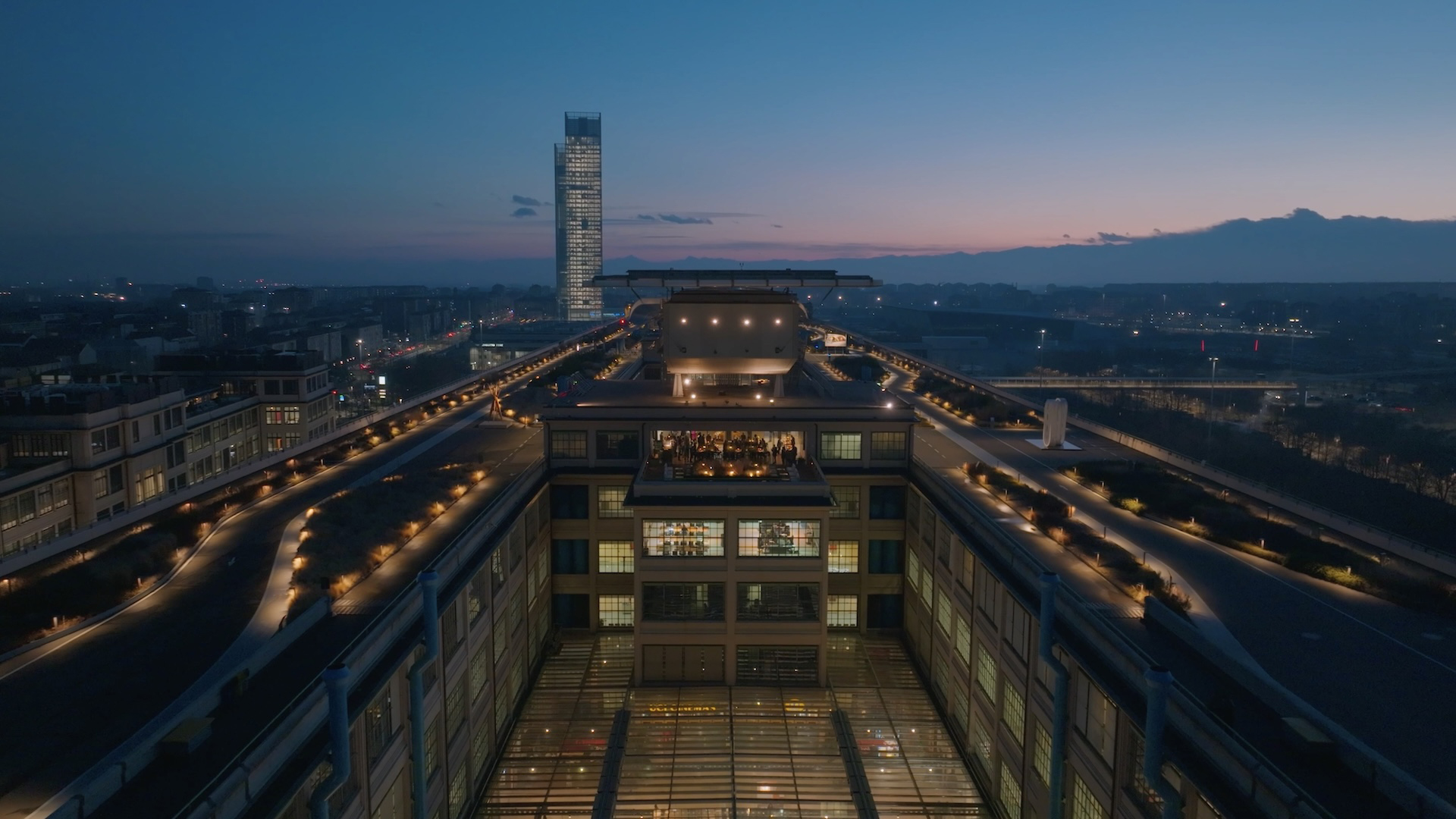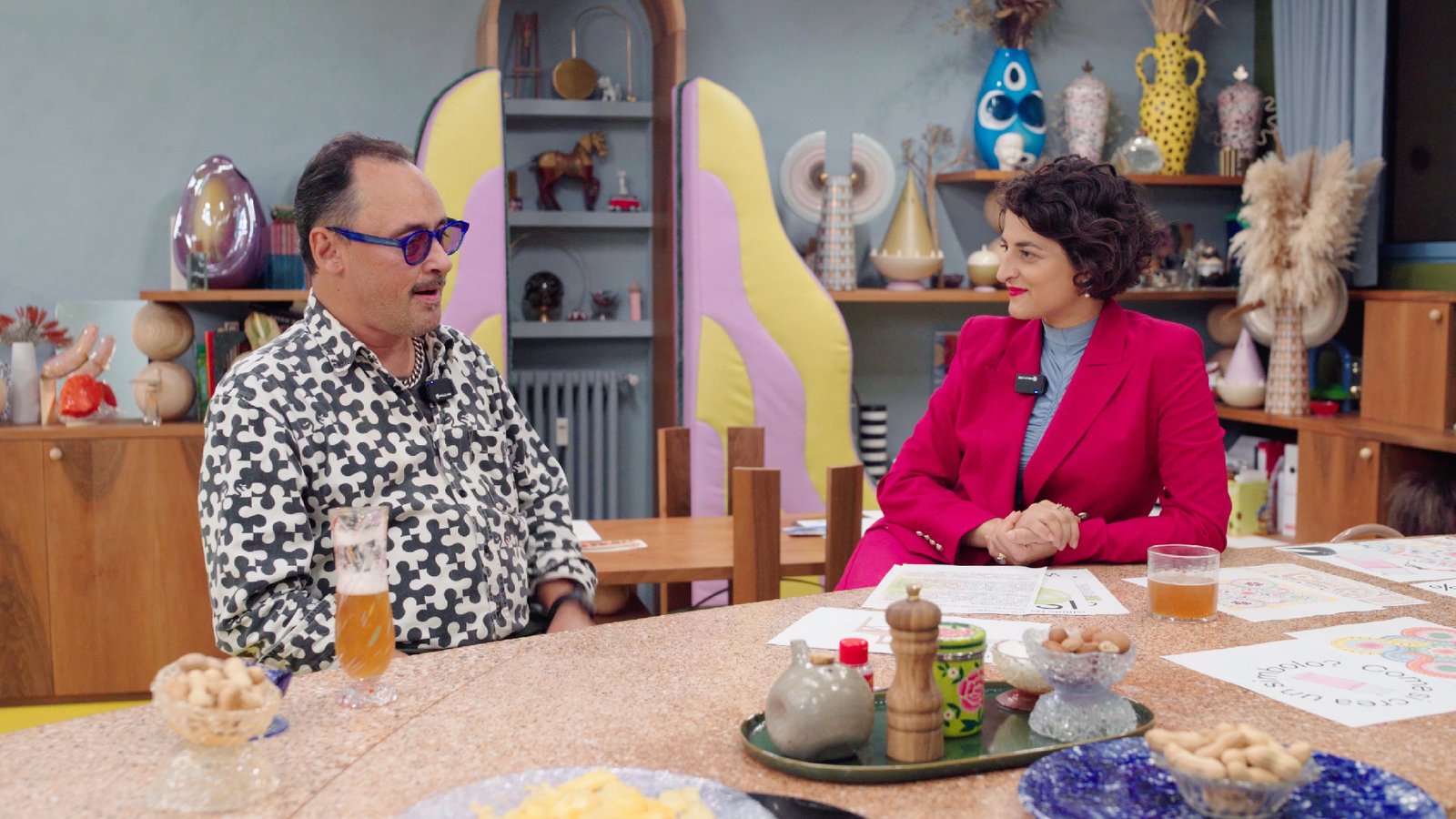
The Grammar of the Gaze: How Images Influence Perception
Visual Literacy in the Digital Age: A Visual Analysis of Images in Art and Contemporary Communication
For at least the last two millennia, civilization has developed around a distinctly verbal matrix: words have always been the primary vehicle for logic, poetry, storytelling, law, epic narratives, and religious preaching. Of course, images have never been foreign to human history—from cave paintings to Giotto, from illuminated manuscripts to Warhol’s silkscreens—but words have always retained their aura of epistemological superiority, as if they were the only "signs" capable of offering us the true key to interpreting the world.
However, with the advent of the digital revolution, something has begun to crack. Today, we are witnessing such a devastating, invasive, and overwhelmingly instantaneous surplus of images that our deepest linguistic certainties are beginning to waver. It is as if a sudden cascade of visual stimuli were submerging those conceptual conventions that had reassured us for centuries. To be clear, society has not suddenly developed an allergy to text: social media is still packed with words, arguments, reflections, and lengthy comments. The real point, rather, is that digital platforms are shaping an ecosystem in which visual impact holds an unprecedented dominance, one that places most of our online experience within a dizzying space of "total visualization."
 Official portrait of U.S. President Donald J. Trump
Official portrait of U.S. President Donald J. Trump
One might think that this visual revolution was inevitable. The very interface of digital platforms seems inherently designed to turn images into the global currency of exchange. But when viewed in a different light—beyond the confines of our "screens"—this trend is far from obvious: history reminds us that, at least in the West, the evocative power of images has always been subordinated to the nobler force of the logos. Plato called images "copies of the copy of the idea," laying the foundation for a centuries-old suspicion of the visual: images deceive, seduce, and mislead. Philosophy and hermeneutics have long cultivated the belief that true knowledge relies on words, which are rational and analytical, while images must always undergo rigorous critical interpretation—if not strict regulation.
The grammar of social networks, on the other hand, overturns—or at the very least remodulates—the once-unshakable primacy of text: writing often becomes a caption, a useful but secondary appendix, sometimes merely an accessory—something that enriches or clarifies the image but is no longer the pivot around which communication revolves. In my view, this is a direct consequence of the incredible speed at which we now exchange information, inputs, and stimuli. Words, by their very nature, require time to be read, interpreted, and sometimes contextualized; images, on the other hand, strike and invade the retina instantly, without requiring particularly complex literacy. And that is precisely the problem: without a real education in visual literacy, people—users—end up "speaking" an elaborate language without truly understanding what they are saying or, more importantly, what is being said to them.

Now, one of the reasons behind the rise of images is undoubtedly our age-old mental laziness. It is far more convenient to absorb an instant message than to decode long hypothetical clauses or complex philosophical arguments. In a society where time—or at least our perception of it—seems to be constantly in deficit, the image is the perfect "sign" (semiotically speaking) for transmitting information almost instantaneously. This comes, quite obviously, at the cost of bypassing that part of the brain responsible for critical thinking. Not because images are incapable of stimulating it—far from it—but because we have grown unaccustomed to doing so. Let me add a detail: words and visual stimuli, at least on social media, almost always act in synergy, shaping how a message is perceived on both an emotional and cognitive level. Once again, the written word is not on the verge of extinction, but it is adapting to a new hyper-mediatized space where text is increasingly fast, fragmented, hybridized, embedded within a flow of images that capture attention and "redirect" it toward themselves. No matter how much we focus on the words in a given piece of content, the accompanying images weave an inner dialogue with our minds—often much quicker and more incisive—exploiting all the cognitive biases at play. Words remain, of course, but they are pushed to the margins, forced into the role of captions, mere explanations for images whose iconic power hardly requires justification.
We are thus facing a new form of literacy—a "visual literacy" that must be cultivated, just as we have done for centuries with written language. We should consider education in visual interpretation—the ability to read, analyze, critique, and even create visual content—as an integral part of school curricula. The teaching of language, literature, grammar, and syntax is (rightfully) the cornerstone of every educational system. There is no debate here: it is impossible to understand reality and engage with it in a meaningful way without mastering the tools of language. But visual "grammar" is becoming increasingly important and needs to be analyzed, understood, and studied with a serious and collective approach. We are literally submerged in images: if we do not learn to "read" them (which means deconstructing, comparing, and questioning them), we risk inhabiting a world that speaks a language whose basic rules we ignore.
 Frida Kahlo: The Life of an Icon, ArtScience Museum of Marina Bay Sands.
Frida Kahlo: The Life of an Icon, ArtScience Museum of Marina Bay Sands.
The effort required extends beyond the boundaries of education. Given that the visual revolution can no longer be contained, we must all learn to navigate a world that is, in many ways, entirely new. And the first step is developing critical awareness—simple to say, perhaps, but incredibly difficult to achieve. The goal is to stop being passive consumers and become vigilant spectators who question the contexts in which images emerge, who created them, and what interests might lie behind a particular type of representation. Secondly, we must recognize the inherent legitimacy of visual language, granting it the same respect as written language.
There is still time for us to engage in a formal study of visual communication—through a structured, analytical approach that teaches us how to break down a frame, interpret a visual text, and read a photograph with the same care we have learned to apply to literary production. It is a long process, one that requires a profound shift in mindset. But precisely because of the influence images exert on our psyche and our perception of reality, we can no longer postpone it. Thirdly, social networks should not be demonized but understood. Life has already hybridized with the digital—the virtual-versus-real dichotomy has long been surpassed. We must recognize that the online dimension does not define itself within a parallel world but rather develops as an extension (sometimes a distorted one, I won’t deny that) of the real world, and it should be treated as such.
 Zach Blas, The Objectivist Drug Party
Zach Blas, The Objectivist Drug Party
The future—and here is the small dose of optimism I will allow myself—could belong to a society capable of integrating text and image, words and vision, logic and intuition, analytical reflection and communicative immediacy. Human beings are deeply symbolic creatures: we thrive on stories, metaphors, and abstract concepts, but also on tangible signs and icons. We are only at the beginning of a process that we can no longer ignore. The culture of images—dematerialized and ubiquitous—opens up unprecedented possibilities, yet at the same time demands both individual and collective responsibility. This is a "new literacy" that we can no longer afford to avoid, lest we fall into an ignorance more subtle and pervasive than we can yet comprehend. We may not yet know where it will lead us, but we do know that we are already on the journey. So we might as well equip ourselves with a compass—and today, that compass is the maturation of a critical “eye.”
Too idealistic? Perhaps. But creativity and awareness sometimes flourish precisely where they once seemed impossible. And who knows—perhaps the overwhelming flood of images will eventually force us to slow down, to choose which ones truly deserve our attention, to reclaim silence, boredom, and contemplation. Amid the incessant flow of pixels, we might just discover a new way of being human—more conscious, less rigid, and finally open to the idea that images, when read with the right tools, can tell stories and help us understand the world with the same depth and richness as words.
Cover image: Universe of Water Particles on a Rock where People Gather, teamLab Planets Tokyo by Note Tanum
Creative, teacher and expert in visual culture, Alessandro Carnevale has worked on TV for several years and has exhibited his works all over the world. In 2020, the Business School of Il Sole 24 Ore included him among the five best Italian content creators in the artistic field: on social media he deals with cultural dissemination, covering a wide spectrum of disciplines, including the psychology of perception, semiotics visual, aesthetic philosophy and contemporary art. He has collaborated with various newspapers, published essays and written a series of graphic novels together with the theoretical physicist Davide De Biasio; he is the artistic director of an open-air museum. Today, as a consultant, he works in the world of communication, training and education.



